Best hardtail mountain bikes under $1,500 – Hit the trails on a budget
What are the best hardtail mountain bikes under $1,500? We list a selection of the hottest value hardtails
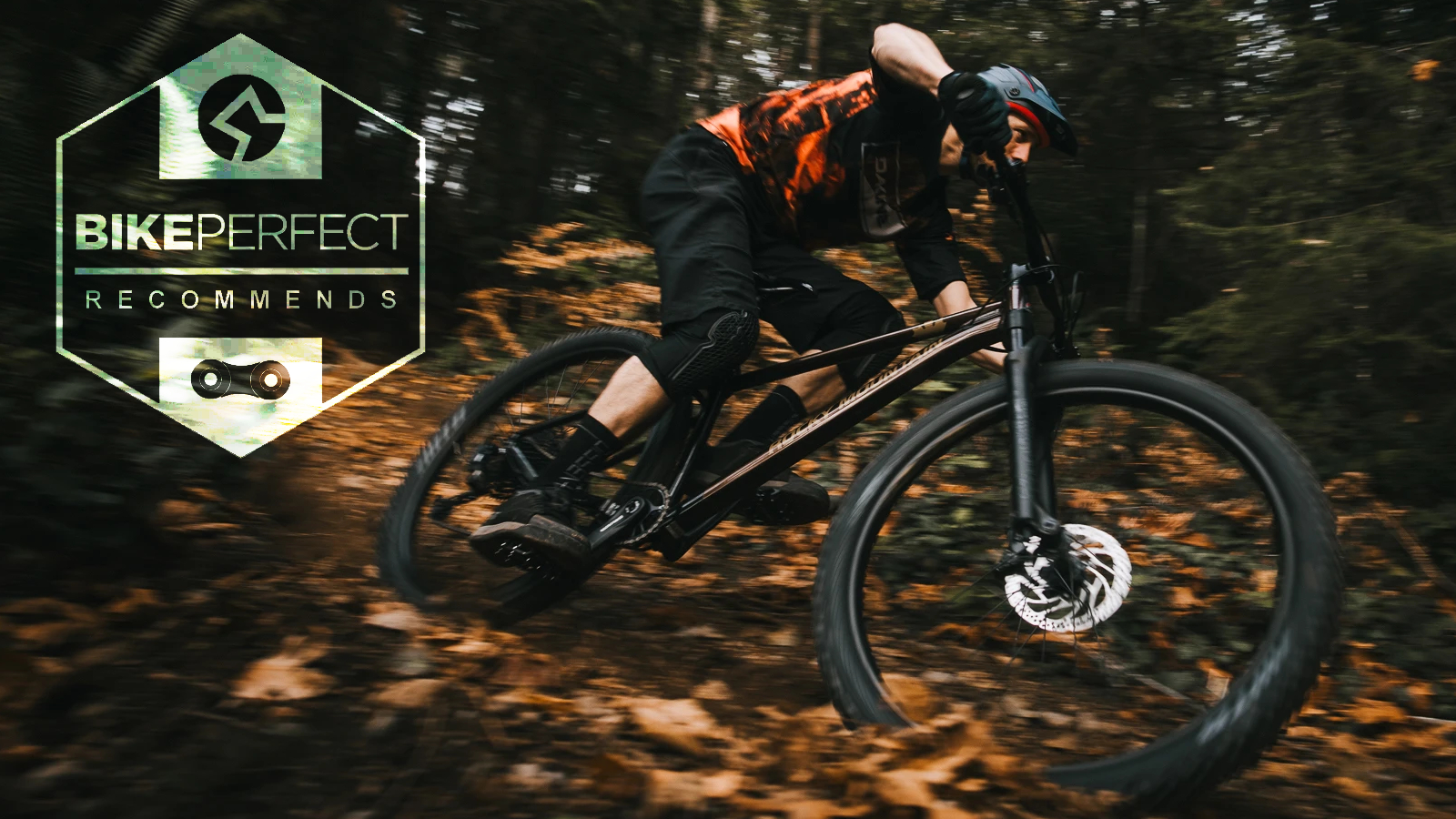
Mountain biking is an expensive hobby. Luckily, bike brands are getting better every year at bringing budget bikes to market. We've searched around for the best hardtail mountain bikes under $1,500 so you can hit the trails without spending too much.
If you are looking for the best budget mountain bike, hardtails are an excellent option. Hardtails do not have rear suspension, only a suspension fork. For this reason, they are cheaper to produce and easier to maintain. As the demand for better specification and keener pricing drives product planning, bike brands are delivering some great value hardtails that feature 29-inch wheels and decent drivetrains and disc brakes.
These are bikes that might not have all the premium components of a fantasy build but definitely make for an engaging rider experience. The good thing about mountain bikes is that they can easily be upgraded. So as your riding progresses, you can seek out the best mountain bike forks or best dropper posts to add to your bike.
Keep reading for our choice of the best hardtail mountain bikes under $1,500 or skip to the bottom to find out how to choose the best hardtail mountain bikes under $1,500.
Best hardtail mountain bikes under $1,500
Why trust BikePerfect
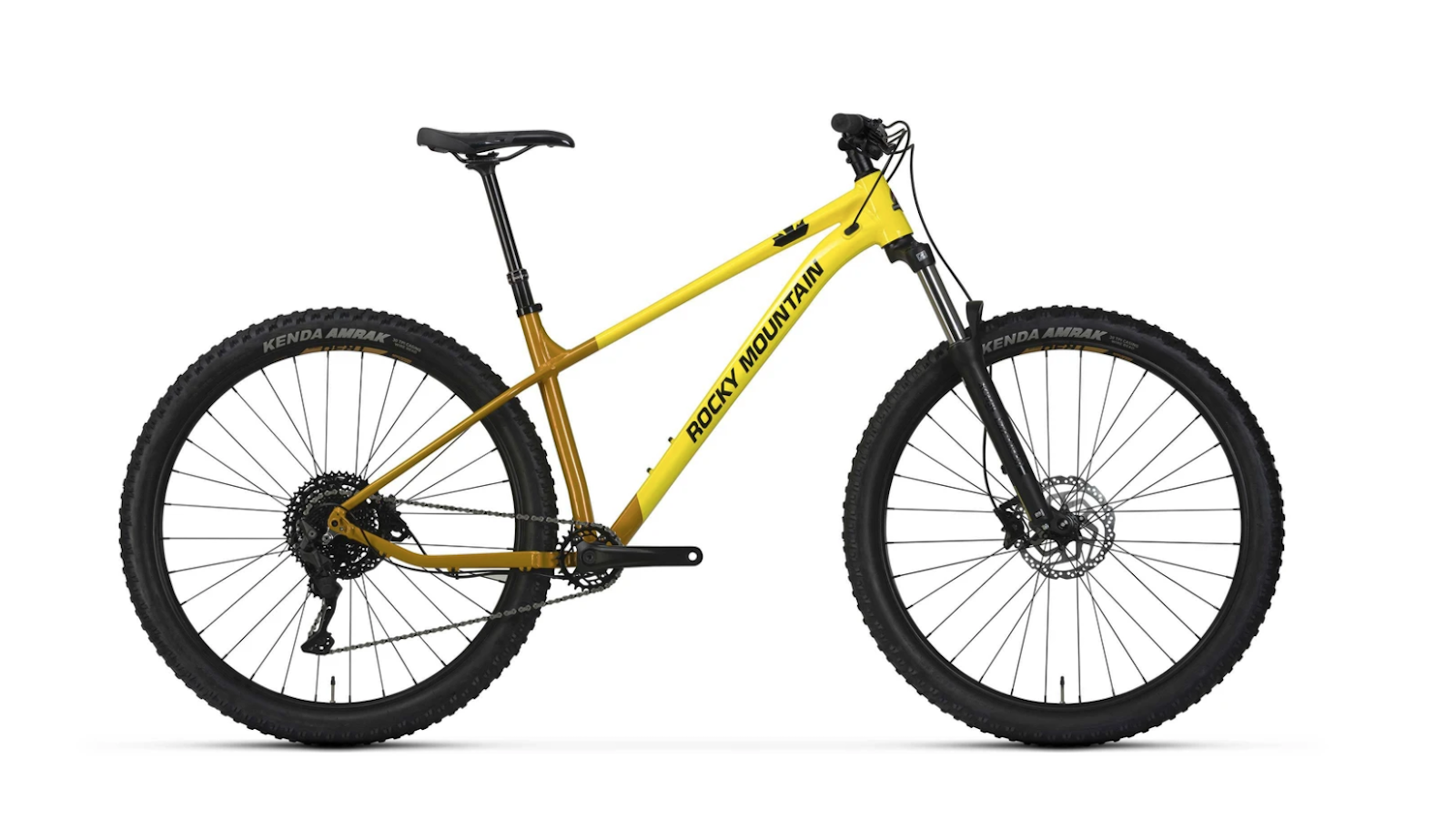
Rocky Mountain Growler 20
Specifications
Reasons to buy
Reasons to avoid
If hardtails make for more skillful riders, then Rocky Mountain's Growler is about as capable a trail tutor as you are likely to encounter.
The Growler rolls on 29-inch wheels and has 130mm of travel, capable of cushion significant landings and smoothing over the roughest terrain.
Designed for riders who are a lot keener on descending technical singletrack trails, instead of grinding the miles up long fire road climbs, the Growler combines very daring angles to shape its frameset.
Head angles of 64-degrees are still quite progressive, especially at this price. In combination with its 475mm reach, measured on a size large, it will remain committed to the most adventurous of lines through technical singletrack sections.
Most of the Growler's overbuilt aluminum tubes are shaped for strength and are paired with a Boost spaced 12mm rear thru-axle for extra torsional stiffness. Wheels and tires are ready to go tubeless for enhanced grip and protection against flats.
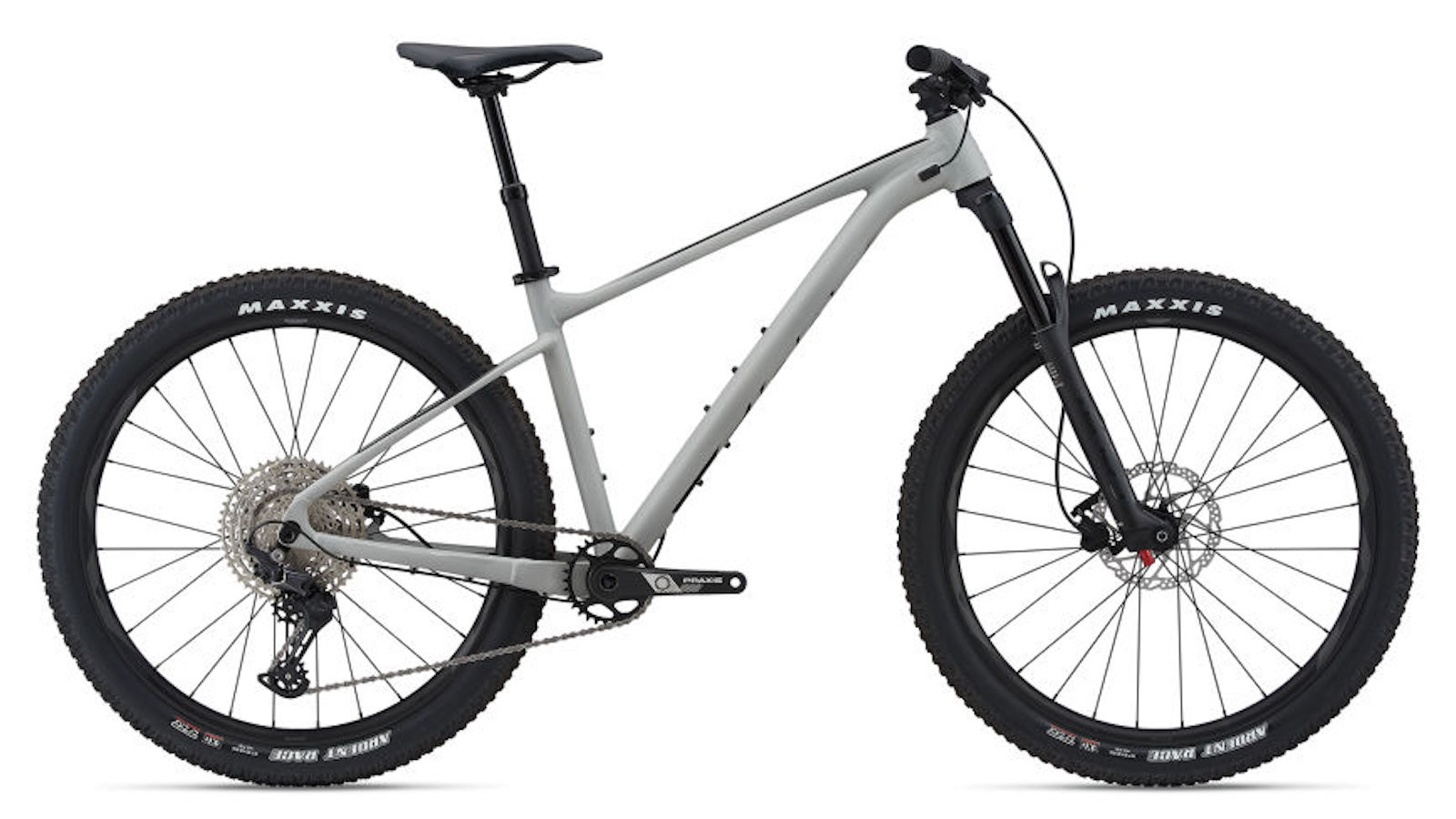
Giant Fathom 2
Specifications
Reasons to buy
Reasons to avoid
The Fathom 2 is a 27.5in hardtail from the behemoth bicycle manufacturer, Giant. The huge bike brand is still committed to the 650b wheel size and the benefits it brings to bike handling on tight and technical singletrack. If you aren't sold on small wheels, Giant does offer the Fathom in a 29er version, too. For us, the standout feature is the dropper post, which will pair well with the 27.5in wheels for jumpy and twisty flow trails or tight singletrack through the woods.
To offer the most feature-rich spec for the money possible, Giant produces almost all the components in the house. The Fathom's ALUXX SL-Grade Aluminum frame is combined with a Crest 34 suspension fork with 130mm of travel, as well as Giant cockpit components and wheels. The only none giant parts are the drivetrain from Shimano, a Praxis crankset, Tektro brakes (with 180mm rotors) and finished with Maxxis Ardent 2.6in tires.
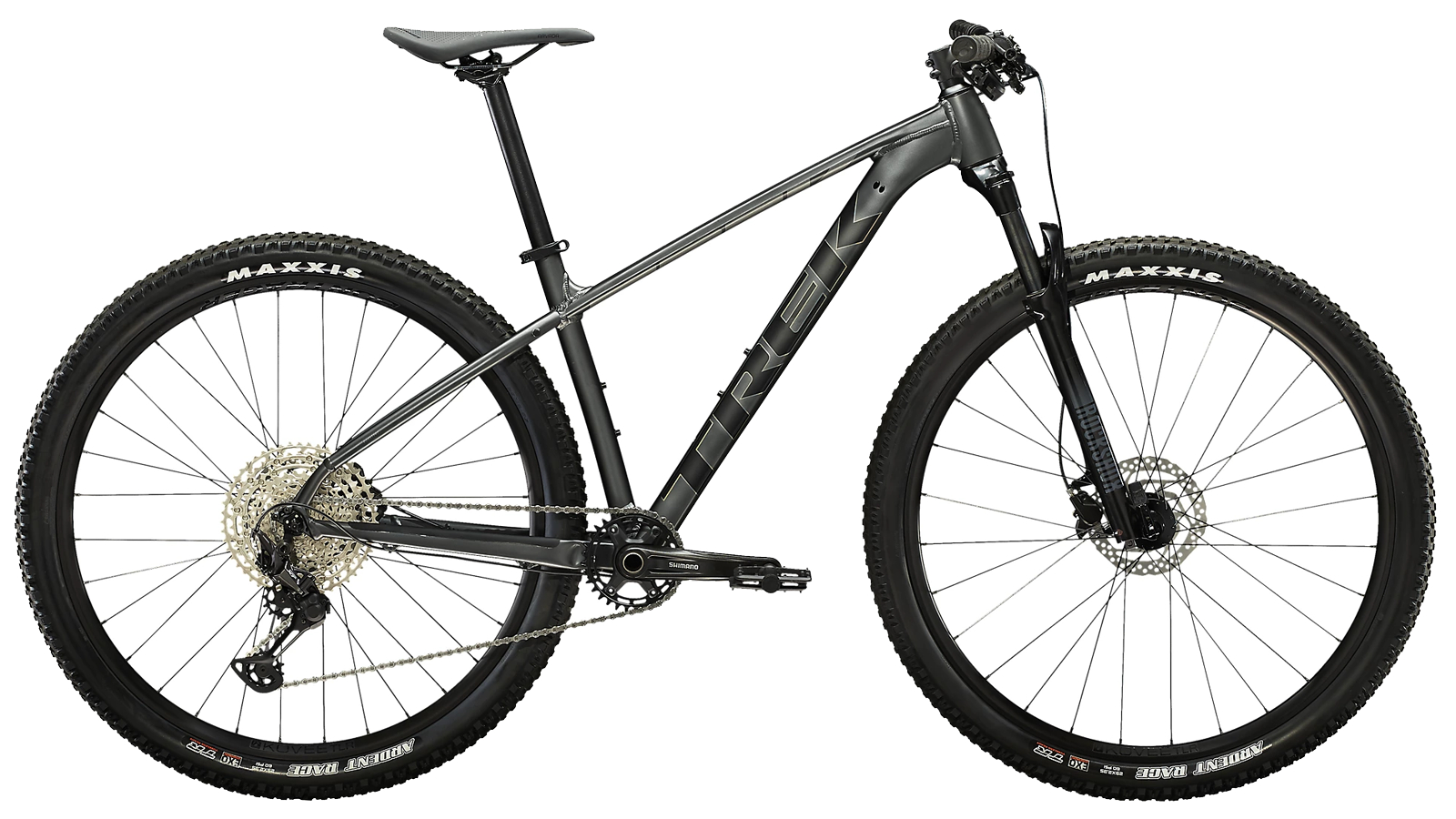
Trek X-Caliber 8
Specifications
Reasons to buy
Reasons to avoid
The X-Caliber is Trek's entry-level cross-country mountain bike. It shares a lot in common with the similarly specced Trek Marlin range but for those looking for performance, there are some key differences. A Maxle 15mm axle upfront ensures precise steering accuracy on descents and the geometry is slightly longer and more purposeful for efficient climbing.
As with all of Treks bikes, the X-Caliber is offered in a huge range of sizes that can fit any rider. The two smallest use 27.5in wheels with the rest of the bikes rolling on 29in wheels. Trek also tailors stem length, handlebar width and crank length for a better fit across the range of bike sizes.
The frame is designed to be an ideal entry-level cross-country race bike. It features a 100mm RockShox Judy SL fork (XS size only has 80mm) with lockout, 1x Shimano Deore drivetrain with an XT derailleur, Bontrager Kovee wheels, and Maxxis tires. The bike comes shipped with tubes but both the wheels and tires are tubeless-ready, you just need to add valves, sealant and air.
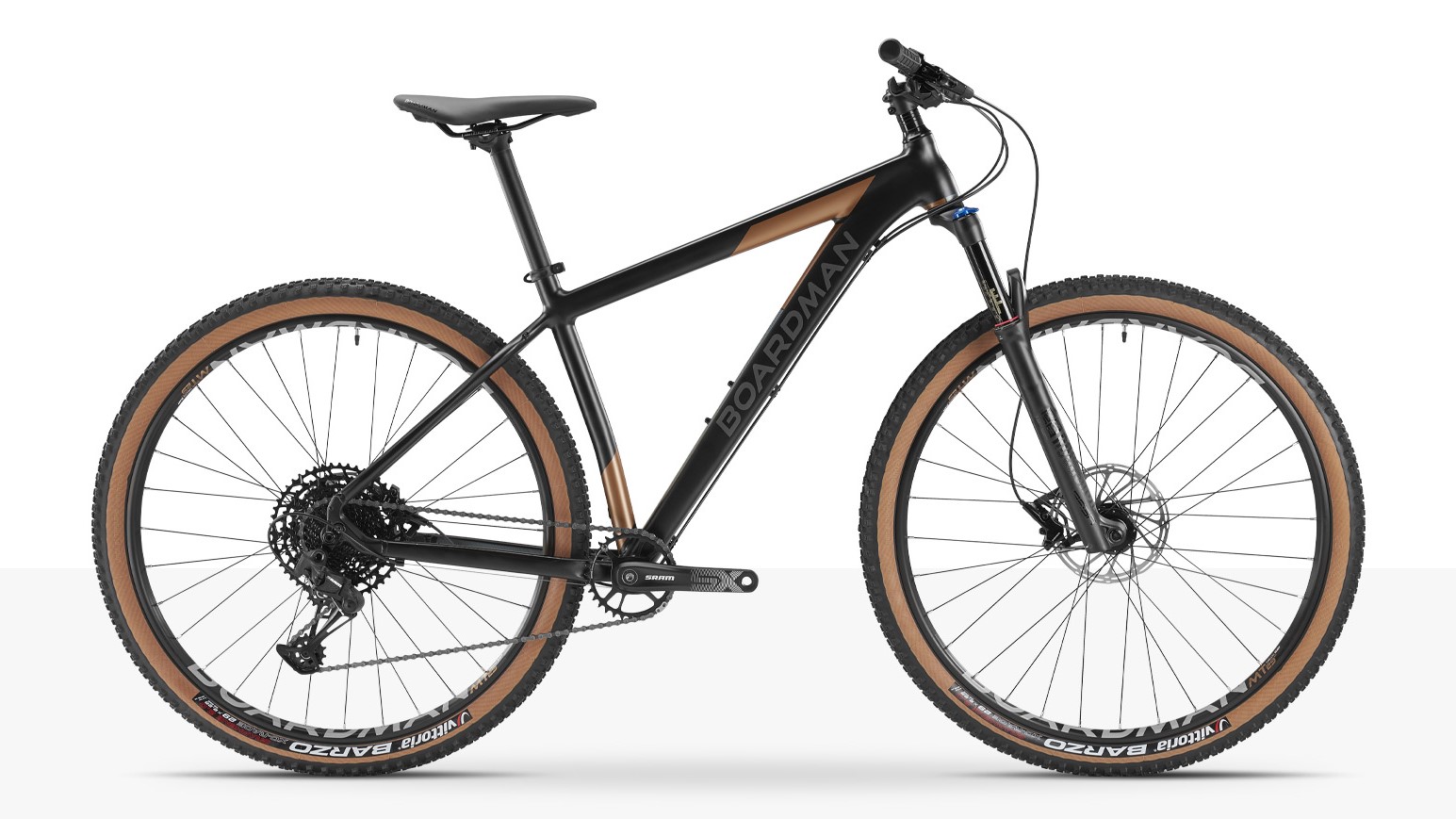
Boardman MHT 8.9
Specifications
Reasons to buy
Reasons to avoid
If you like an XC hardtail to be a touch more playful on the singletrack, with a stylish colorway, Boardman’s MHT 8.9 is the answer.
The 6061-grade aluminum has a slick finish and a wonderfully elegant black and bronze colorway. Vittoria Barzo tan wall tires accentuate the overall graphic design and color coordination, making this Boardman hardtail look a lot more expensive than its list price.
Beyond the considered appearance, Boardman’s MTH 8.9 offers a great component spec for both high-mileage weekend rides and after-work forest singletrack sessions. There’s a RockShox Reba RL 120mm fork upfront, which makes for a touch more terrain absorption than the standard-issue 100mm travel front suspension, which is de rigueur on most XC bikes.
Providing cornering grip and traction, are Vittoria’s Barzo TLR Graphene 2.0 tires which have a relatively aggressive tread patter and descent casing size, at 2.25in.
Unlike many other bikes in the $1,500 or less price class, the Boardman MHT 8.9 has a 148x12 thru-axle rear, significantly boosting overall frame stiffness and stability in rocky terrain.
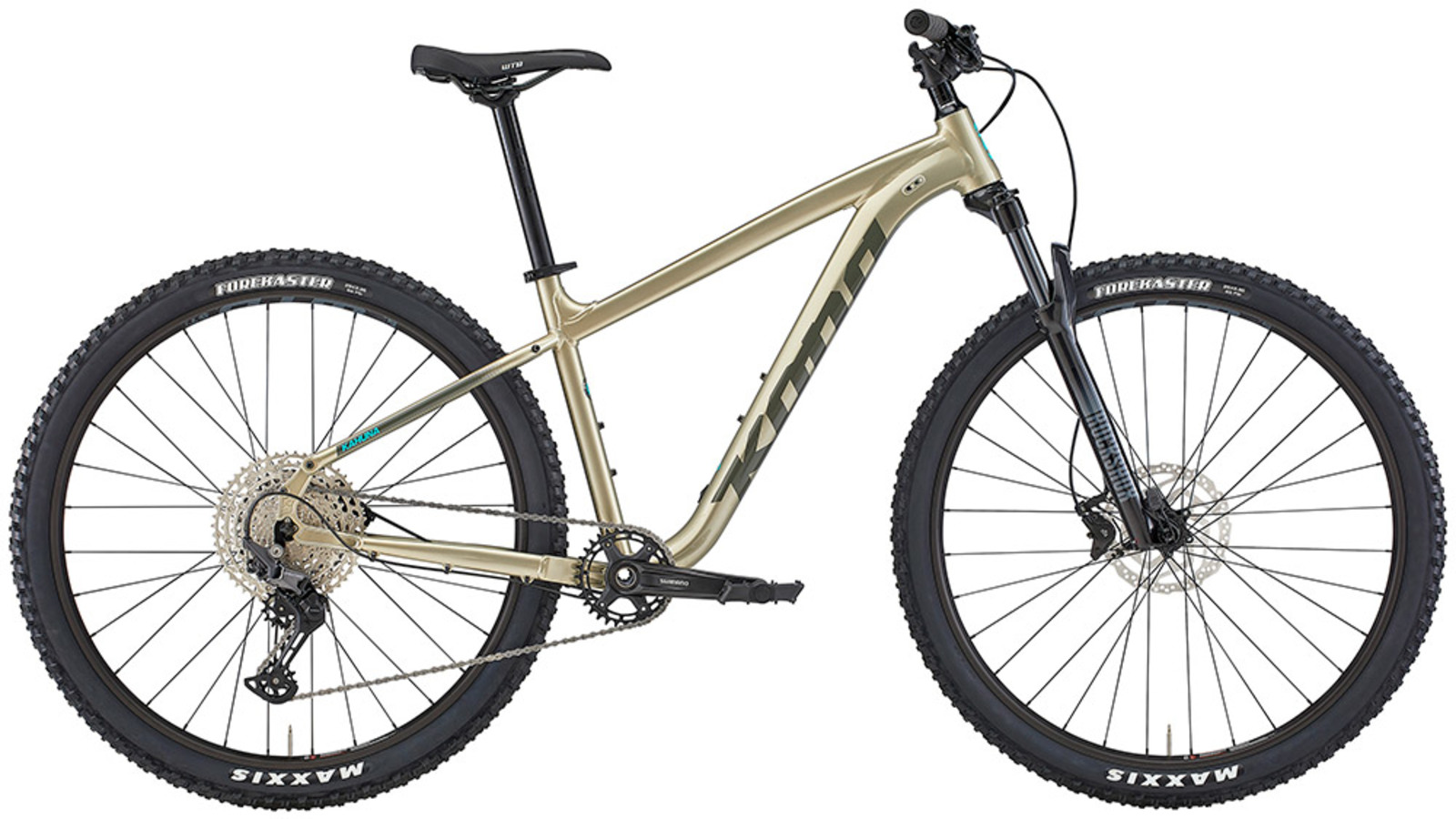
Kona Kahuna
Specifications
Reasons to buy
Reasons to avoid
The Kahuna is Kona's all-around hardtail meant to hook riders on singletrack riding. The brand says once people ride the Kahuna, they will be hooked on the sport of mountain biking.
It features a solid spec sheet to make sure that new riders are equipped with quality components on their bike. The Kona Race Light 6061 Aluminum Butted frame uses Shimano Deore gearing and braking along with a RockShox Recon Silver fork to keep things smooth. A neat feature is internal cable routing that's meant for a dropper post upgrade if the rider chooses. That said, the old 135mm rear spacing standard combined with the new 110mm Boost front axle will add complications if you want to upgrade the wheels in the future.
How to choose the best hardtail mountain bikes under $1,500
Are hardtail mountain bikes good for trails?
While full-suspension now dominates mountain bike racing, hardtails will always remain popular thanks to the simple nature of their design. Geometry has gone a long way to improving how hardtails ride off-road, with slacker angles and longer wheel bases making them more stable and faster over rough terrain.
In the past budget hardtails had quite dated geometry although these days we see a lot of hardtails with 67-degree head angles, 75-degree seat tubes and other tweaks which should translate to a smile on your face out on the trail.
What components should I look for?
The best hardtail mountain bikes under $1,500 are great deals. But how do brands get the price so low? It's all about what the bike is made out of. To start, the frame will almost certainly be made out of aluminum. Carbon bikes can be made pretty cheap these days, but you won't be able to find one worth buying at this price.
One component that may be on the bike is a dropper seatpost. Dropper posts move the seat out the way for descents helping add confidence and increase rider enjoyment. At the sub-$1,500 price, dropper posts are great additions to a spec sheet, but some brands can't manage to get them into this price bracket.
A hardtail's only suspension is a fork. Forks at this price won't have as much tech adjustment and tech as more expensive bikes although basic units from major brands are better than they have ever been. A suspension fork will have a huge influence on how a bike rides so it's worth making it a key factor, alongside geometry, in your decision-making process.
What gearing should a hardtail have?
Drivetrain diversity is significant in the sub-$1500 hardtail segment. There are bikes on our list with 1x10 gearing, 1x12 and everything in between. How much should that matter to you? That question is relative to the steepness of terrain you usually ride.
If challenging fire road or singletrack climbs are part of your riding routine, there is no questioning the benefit of 1x12 gearing. It reduces riding fatigue, sees you walking less and delivers the possibility of greater enjoyment, on long rides. That said, the new generation of wide-range cassettes allows 10-speed drivetrains to be competitive in terms of steep gradient climbing.
Don’t allow the number of gears to override geometry considerations. Frame angles are more crucial to the overall ride comfort and descending confidence than your total number of shift points.
What tires should a hardtail bike have?
The bikes on our list roll on a mix of 27.5-inch and 29-inch wheels and very large-volume tires. The benefit of a bigger casing tire is inarguable, allowing you to run lower tire pressures and create a larger and more stable contact patch.
In mountain biking everything is relative and the diminishing return curve is real, regarding tire size. The best tire and wheel size will very much depend on your riding style. Those seeking comfort should look for larger volume tires of 2.6-inches and up. The added size provides more cushioning although if you are riding fast or technical terrain they aren't as supportive. For committed singletrack trail riding a 2.4in width 29er will be best although a 27.5-inch wheel will work well too especially if the trail features tight sections or a lot of jumps. Finally, if you are riding a lot of faster terrain, or fire roads, then a 2.25- or 2.35-inch volume tire is entirely adequate and will have lower rolling resistance and less rotating mass.
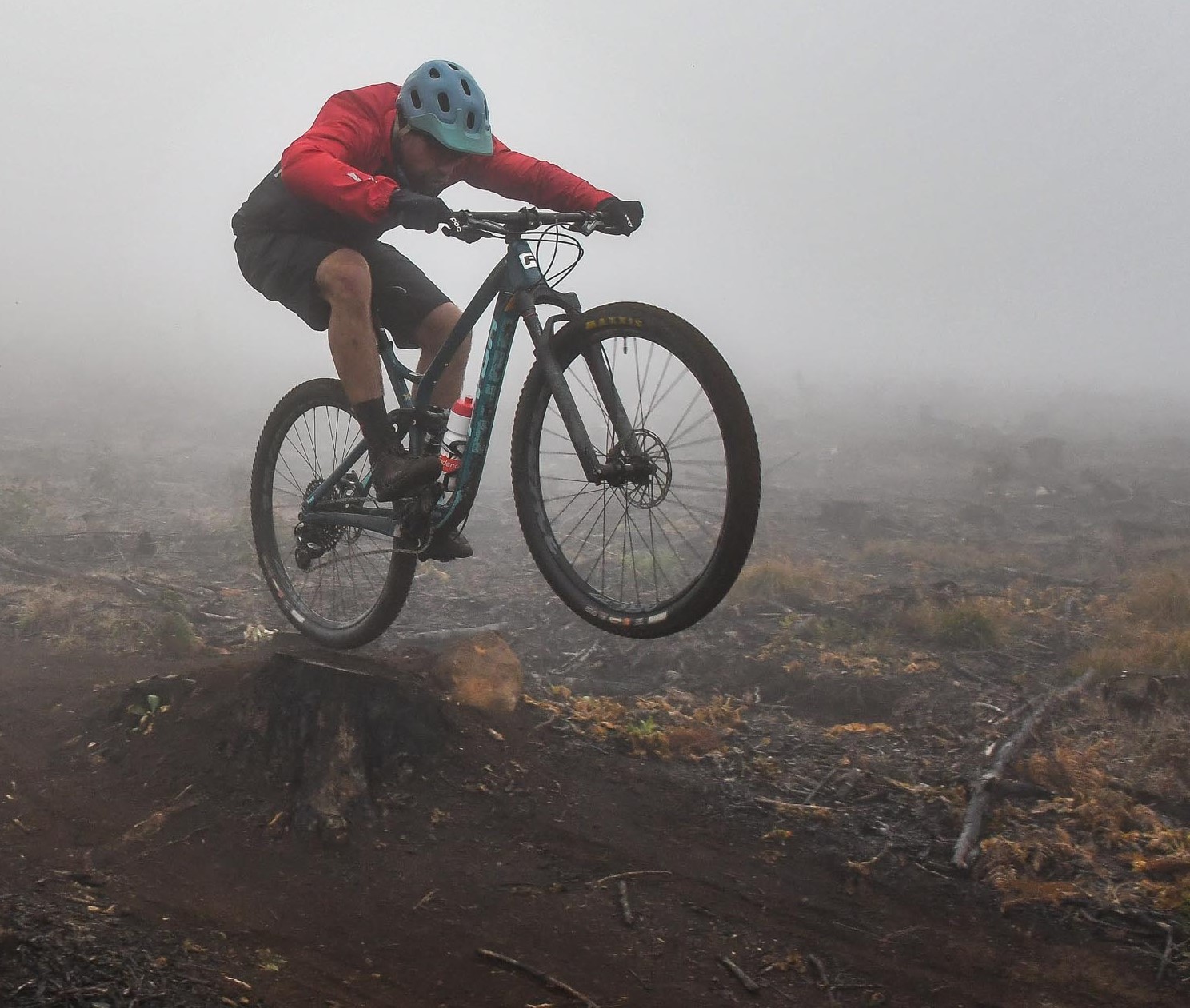
Lance Branquinho is a Namibian-born journalist who graduated to mountain biking after injuries curtailed his trail running. He has a weakness for British steel hardtails, especially those which only run a single gear. As well as Bike Perfect, Lance has written for MBR.com, Off-Road.cc and Cycling News.
